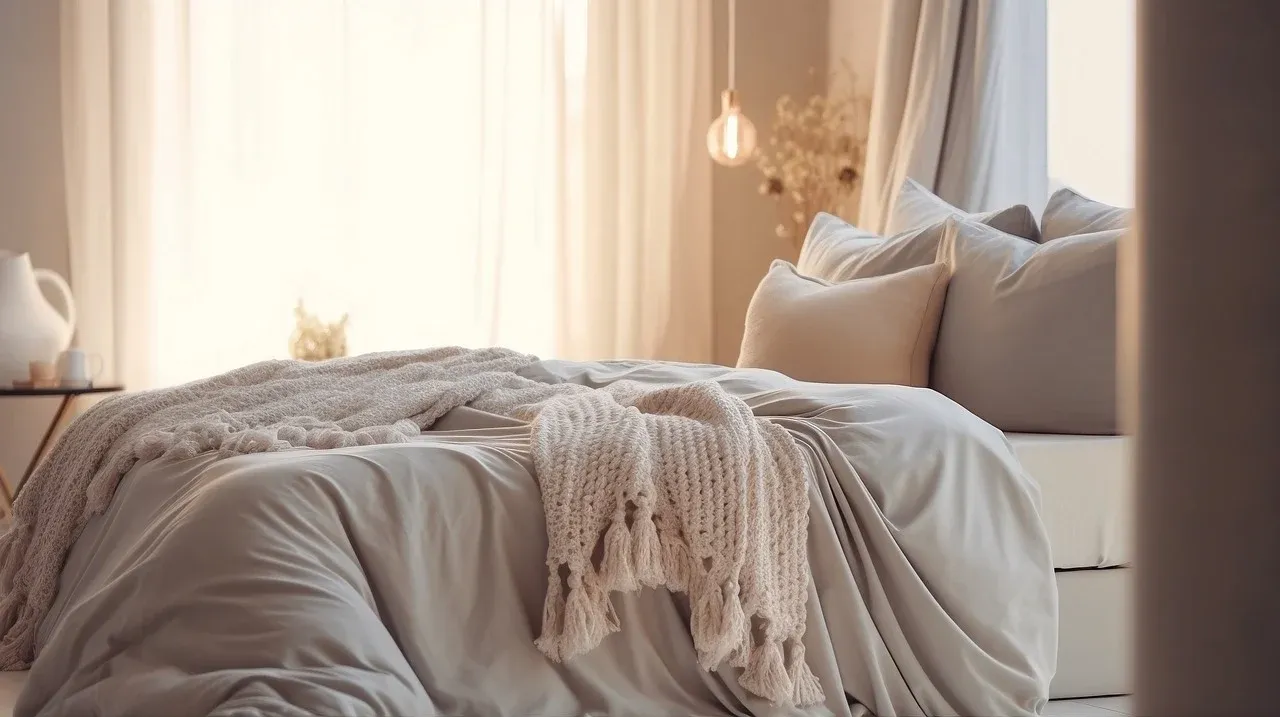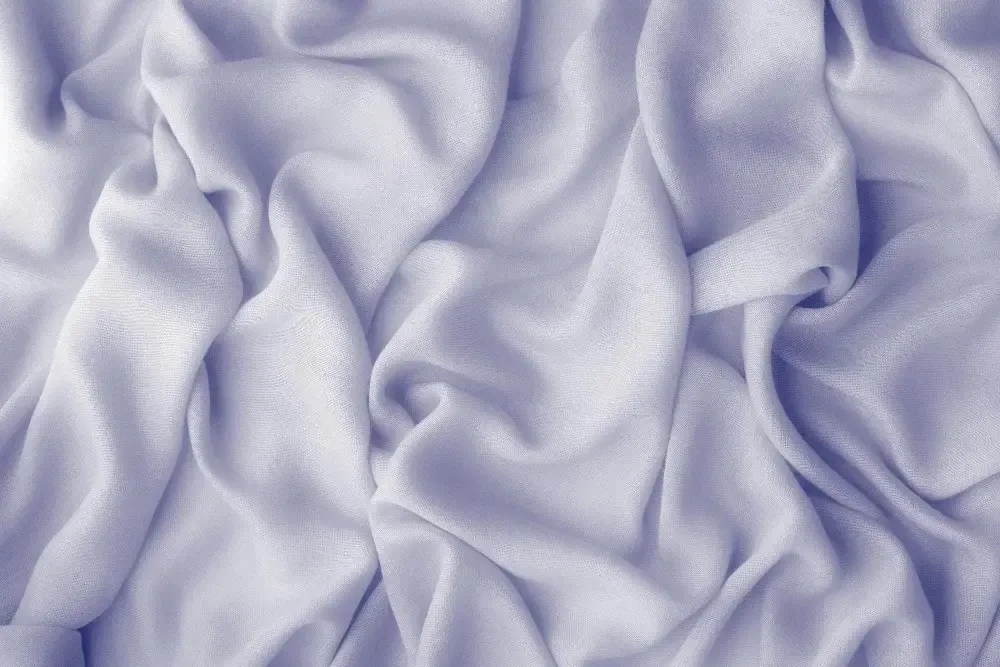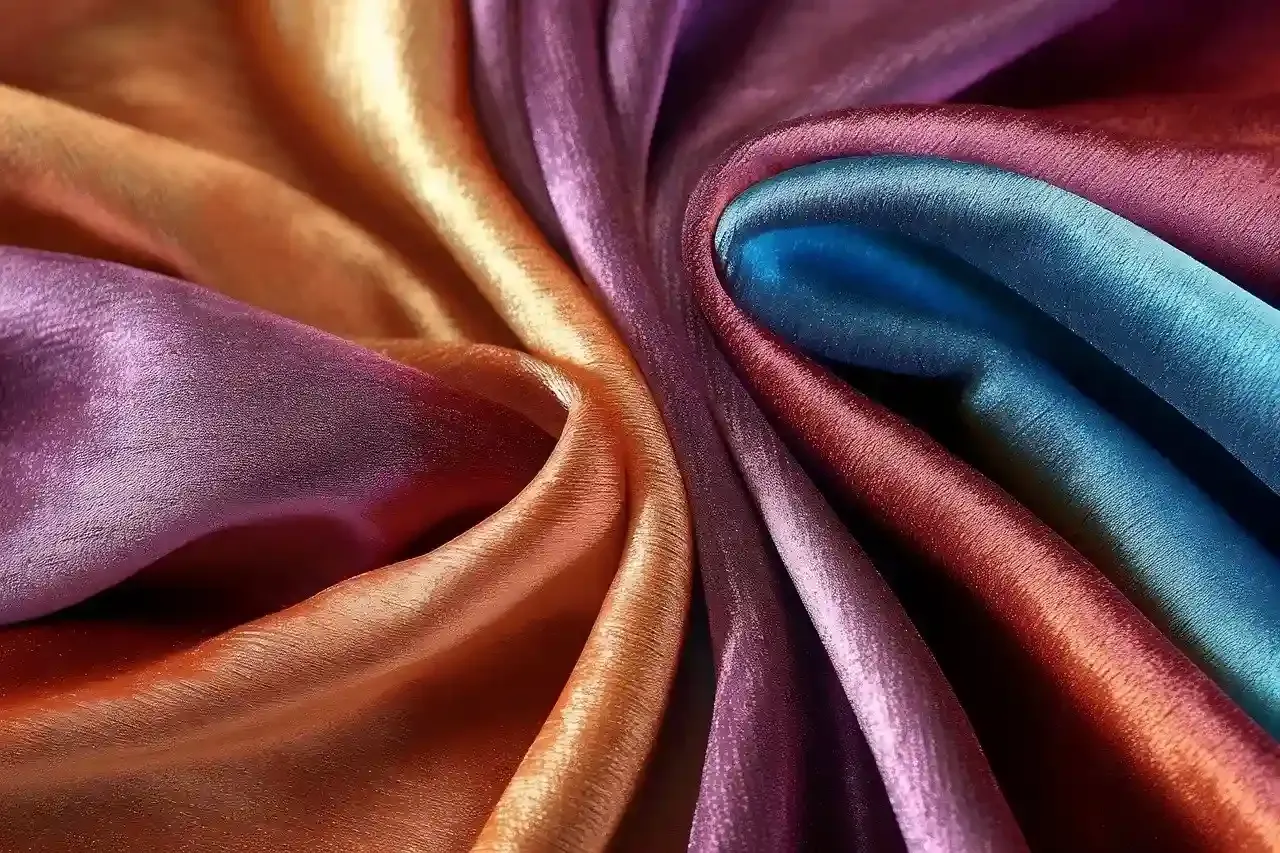The search for the perfect fabric for bed sheets involves a balance between personal comfort and the unique properties of different textiles. To navigate the many options available, it’s important to have a discerning eye.
Cotton fabrics, including Egyptian and Pima, provide a luxurious feel and excellent breathability. People who value high-quality bedding frequently prefer these. Alternatively, eco-friendly materials like Tencel and bamboo are soft and effective at regulating temperatures. Synthetic materials, such as polyester, are also popular due to their durability and ease of care.
When considering which bedding fabric is right for you, it’s essential to think about more than just personal comfort. You should also consider the broader implications for the environment and the long-term value of your purchase.
Our aim is to help you unravel the best material for bed sheets, providing you with the insights you need to choose the best fabric for a restful night’s sleep.
Key Takeaways
- Cotton sheets are a popular and affordable option. Regular cotton has a thread count range of 200–400 and provides breathability and durability.
- Pima Cotton, or Supima Cotton, with its long-staple fibers, offers luxurious comfort comparable to high-end Egyptian cotton. They maintain a comfortable sleeping temperature and ensure longevity.
- Egyptian cotton, with its extra-long fibers, is the preferred choice for luxury bedding markets. It offers exceptional softness and breathability.
- Organic cotton and bamboo are sustainable options. Organic cotton is grown without harmful pesticides and GMOs. Bamboo is an eco-friendly fabric with comfort, breathability, and moisture-wicking capabilities.
11 Best Materials for Bed Sheets
Selecting the right material for bed sheets requires an understanding of the interplay between fabric composition and sleep comfort.
Market preferences often highlight Egyptian cotton for its superior softness and breathability. Pima or Supima cotton is valued for its long fibers and exceptional durability.
Meanwhile, organic cotton and linen stand out for their environmental sustainability and natural cooling properties. They cater to eco-conscious consumers and those seeking heat regulation during sleep.
1. Regular Cotton
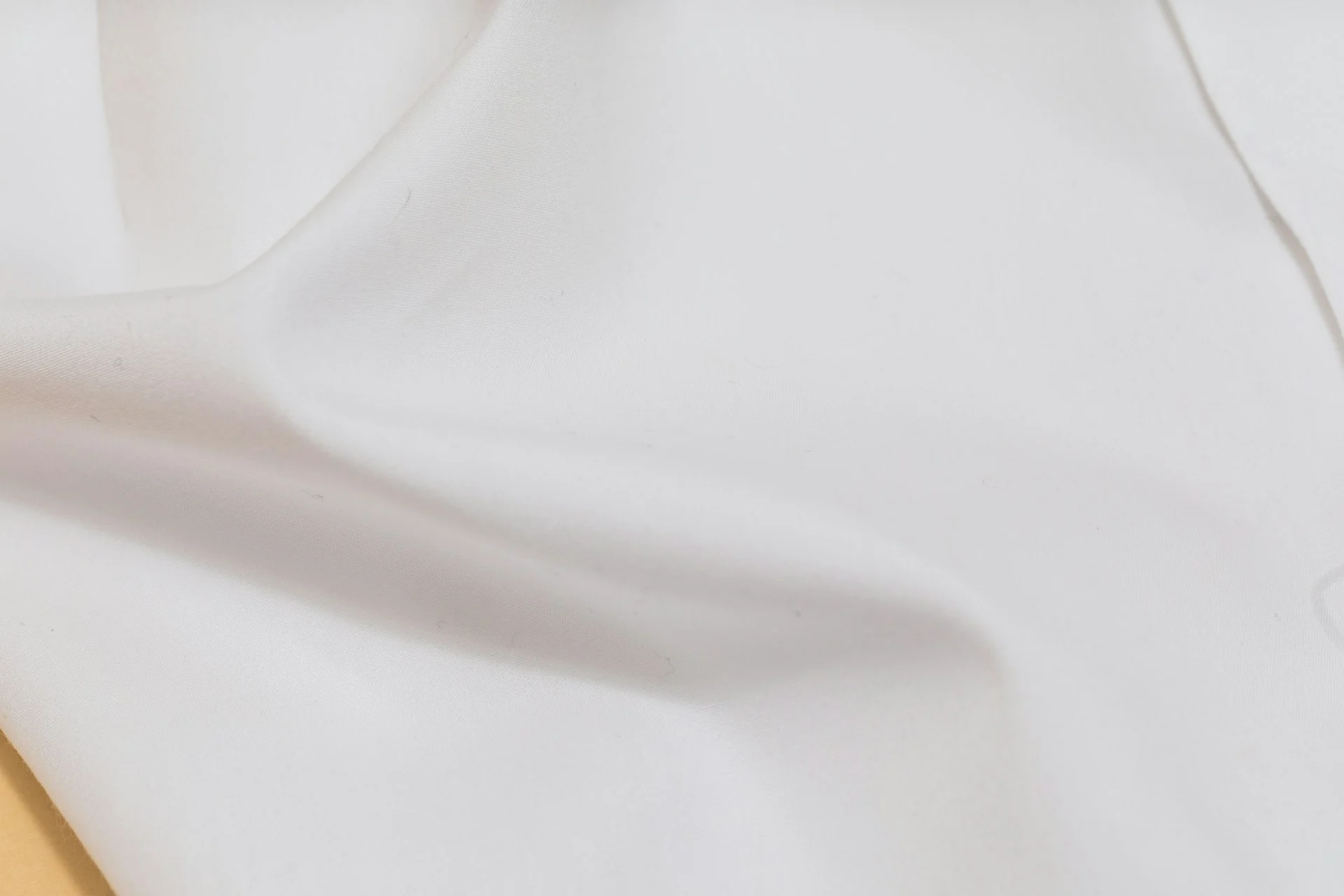
Regular cotton is a popular material for bed sheets due to its affordability and comfort. Typically, cotton sheets have a thread count ranging from 200 to 400. The cotton fibers in the fabric help make it breathable and durable, which are important factors in the textile market.
Cotton bed sheets provide a soft and pleasant sleeping surface that appeals to a broad consumer base. The type of cotton used can influence the quality. Regular cotton sheets, while less costly, may not match the longevity and softness of higher-end varieties. But, cotton sheets are typically favored for their ease of care and resistance to pilling.
When deciding between regular cotton and other materials, it’s important to consider its cost-effectiveness in relation to its shorter fiber length and correspondingly reduced lifespan.
2. Pima Cotton or Supima Cotton
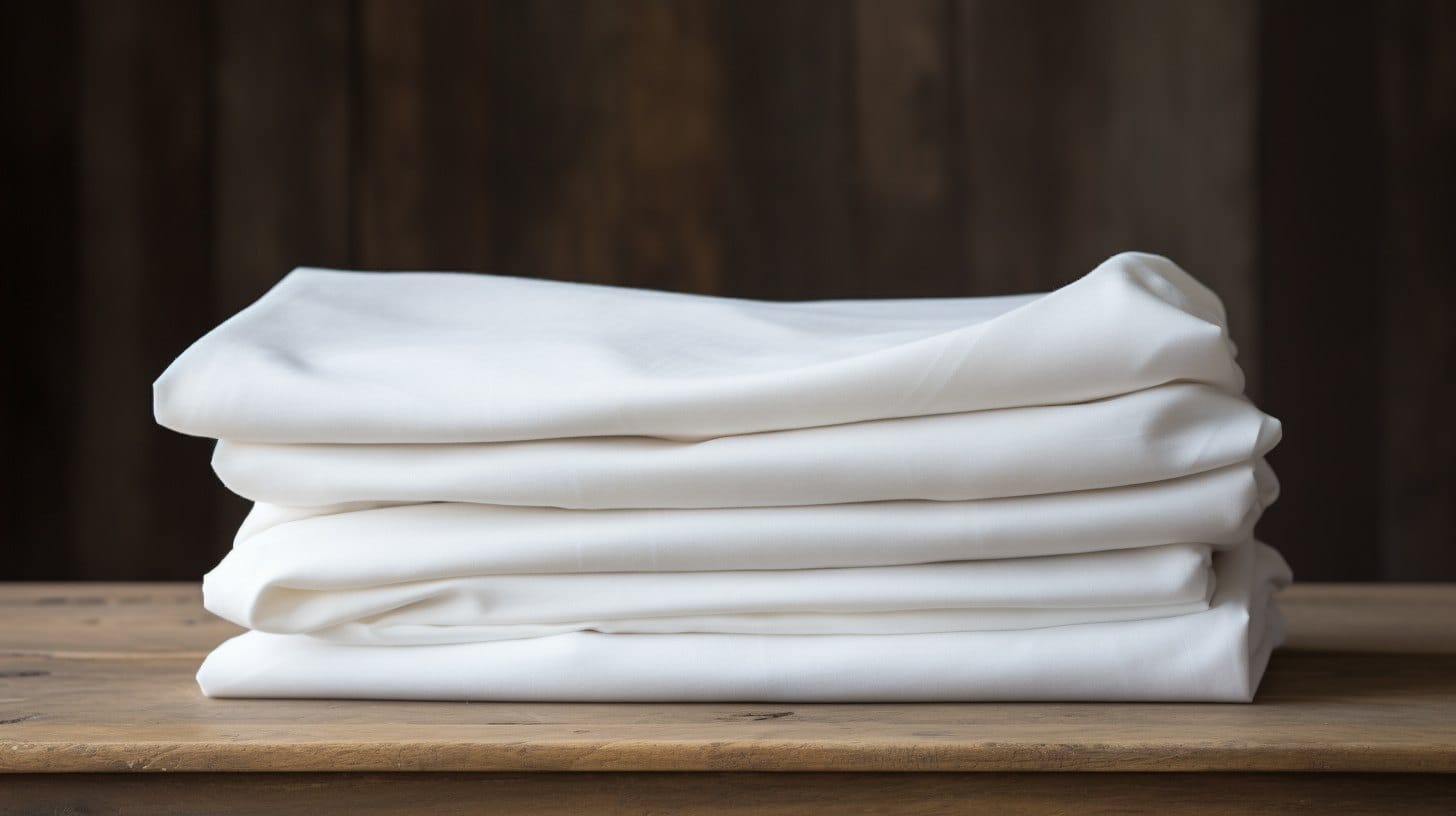
When it comes to selecting the best materials for bed sheets, Pima Cotton, also known as Supima Cotton, stands out due to its exceptional long-staple fibers that enhance both comfort and durability.
This premium bed sheet material offers several advantages:
- Luxurious Comfort: Pima cotton’s softness rivals that of high-end Egyptian cotton sheets.
- Breathability: Ideal for maintaining a comfortable sleeping temperature.
- Durability: Resists pilling and wear, ensuring longevity.
- Quality Assurance: Supima certification guarantees authenticity and high standards.
- Market Preference: Increasingly sought after for its superior characteristics.
When shopping for bed sheets, consumers are often attracted to Pima or Supima cotton due to its superior quality and performance in bedding.
3. Egyptian Cotton
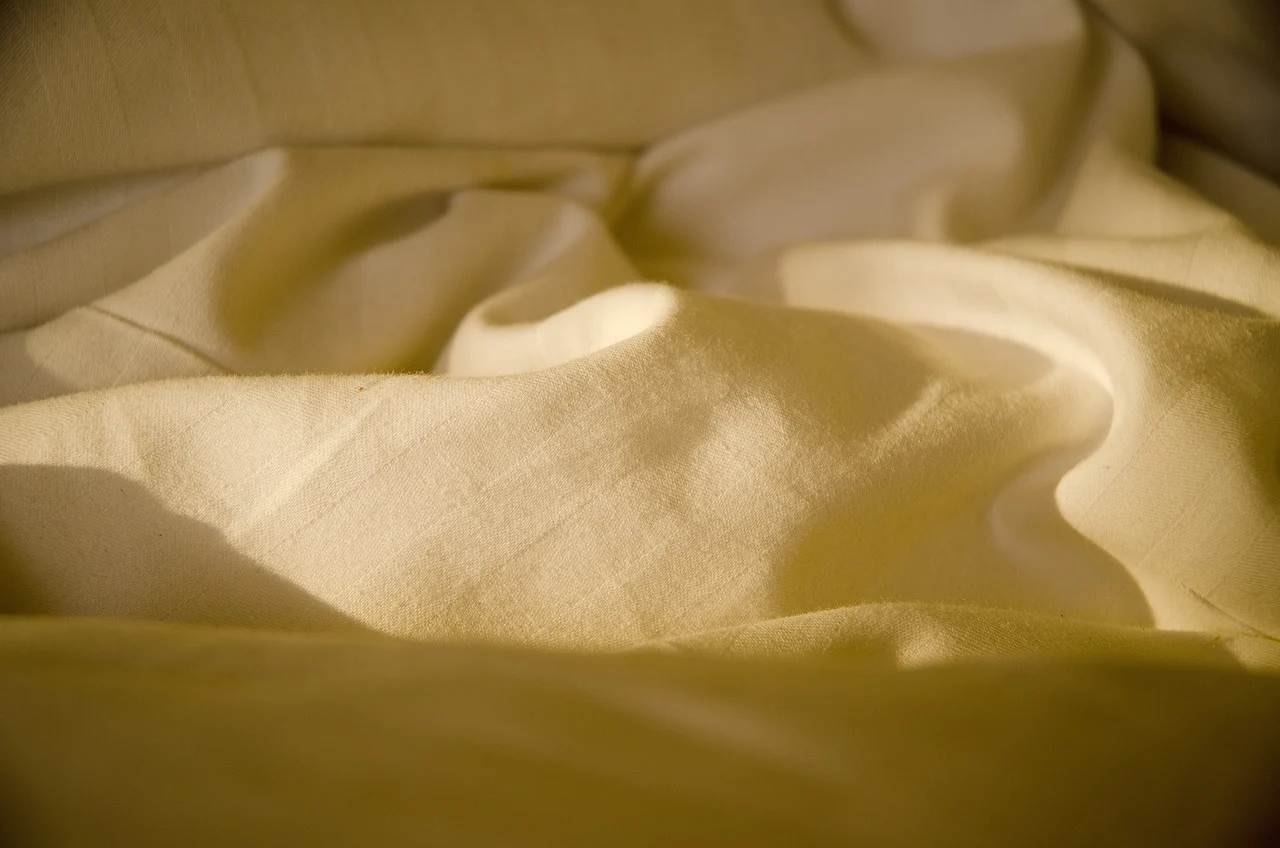
Renowned for its extra-long fibers, Egyptian cotton sets the gold standard for bed sheet materials. It offers unmatched softness and breathability that cater to the luxury bedding market. Recognized as one of the best materials for bed sheets, its premium quality is evident in high-end cotton sheets found in upscale retail spaces. The market trends show a consistent demand for luxury sheets. Egyptian cotton has maintained its status as a top-tier choice for consumers seeking comfort and durability.
| Quality Aspect | Egyptian Cotton | Comparison |
| Fiber Length | Extra-long | Longer than Supima |
| Softness | Exceptionally soft | Softer than standard |
| Breathability | High | Superior to most fabrics |
| Thread Count | 300-400 | Higher-end range |
| Market Position | Luxury bedding segment | Preferred over standard |
Supima cotton sheets are also of high quality. But Egyptian cotton’s unique properties make it particularly desirable for those prioritizing comfort and luxury.
4. Organic Cotton
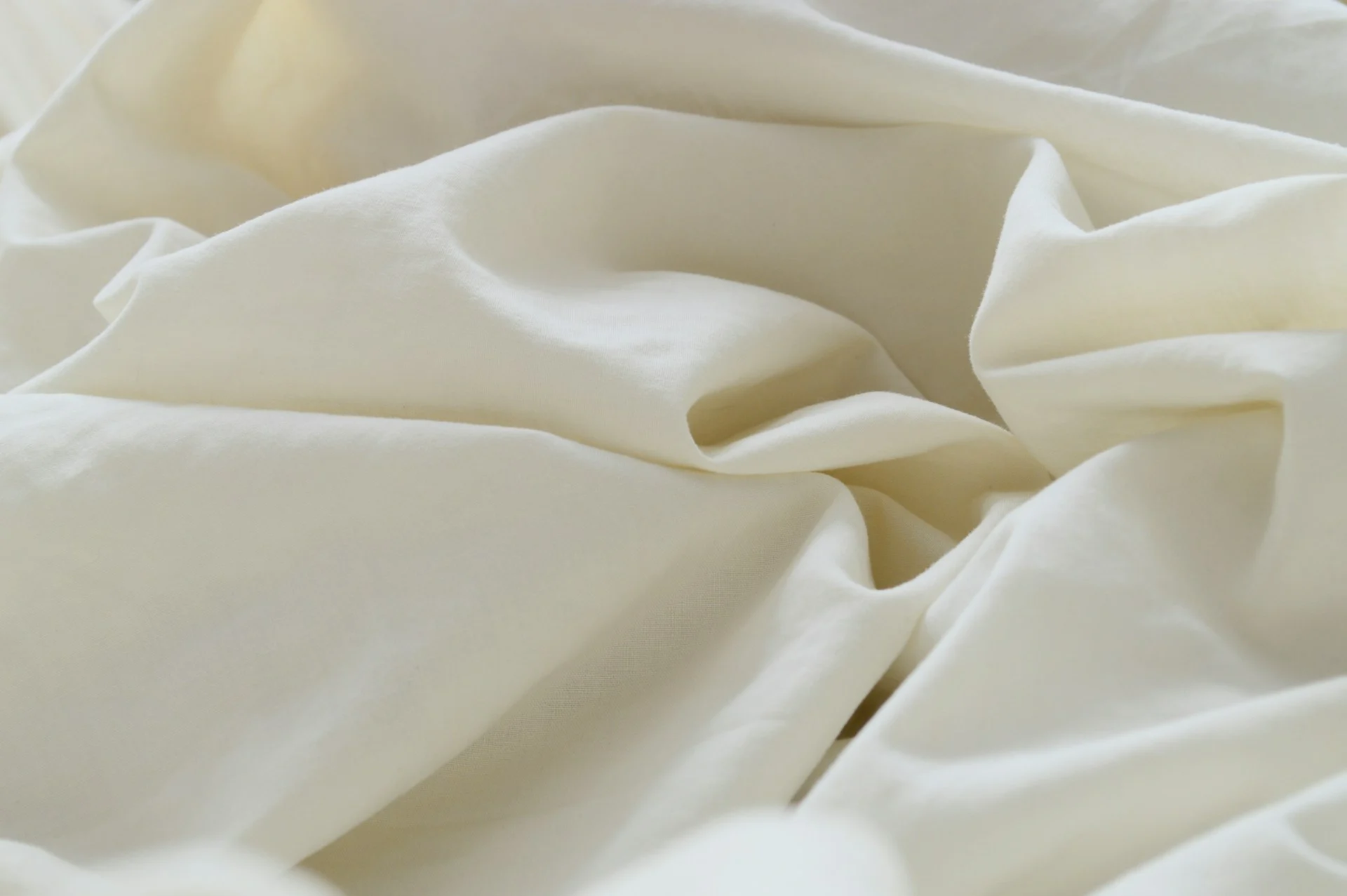
While Egyptian cotton continues to be celebrated for its luxurious qualities, organic cotton emerges as another top contender. It’s popular for its environmental sustainability and health benefits.
For those questioning which material is best for a restful night’s sleep, organic cotton stands out due to its numerous advantages:
- Environmentally Friendly: Grown without harmful pesticides or GMOs.
- Health Conscious: Free from synthetic chemicals, reducing potential allergens.
- Sustainable Farming: Supports eco-friendly agricultural practices.
- Natural Comfort: Offers breathability and softness, enhancing sleep quality.
- Durability: Sheets made from cotton with these properties often exhibit increased longevity.
Organic cotton sheets have a thread count that contributes to their comfort and quality. This makes them one of the best bed linen choices for consumers, prioritizing health and sustainability.
5. Linen
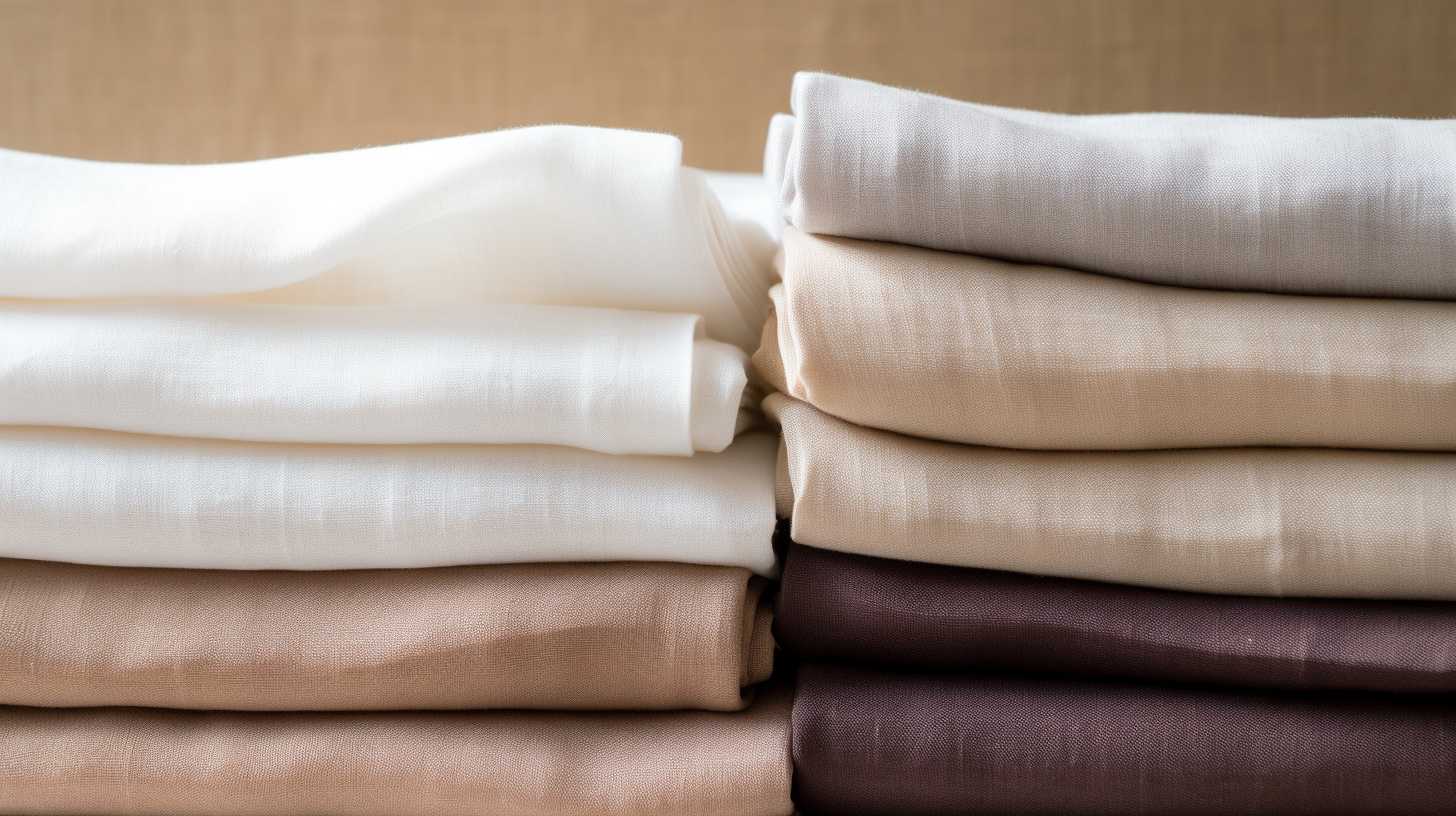
Linen has outstanding breathability and moisture-wicking capabilities. It stands as an excellent material choice for bed sheets. This is particularly due to its ability to soften over time and its suitability for a range of sleep preferences. Derived from the flax plant, linen is appreciated for its long fibers that enhance durability and longevity. Despite its tendency to wrinkle, many consider this characteristic part of linen’s aesthetic appeal, offering a relaxed and inviting look. High-quality linen sheets are known for their breathable and cool nature. They adapt to the sleeper’s body temperature, which is crucial in bedding material selection.
| Quality | Linen Advantage | Market Trend |
| Durability | Long fibers | Sought-after for longevity |
| Comfort | Softens with use | Growing preference |
| Hypoallergenic | Natural properties | Increased demand |
| Breathability | Highly breathable | Essential for hot sleepers |
| Aesthetics | Unique texture | Luxury and comfort in bedding |
6. Flannel
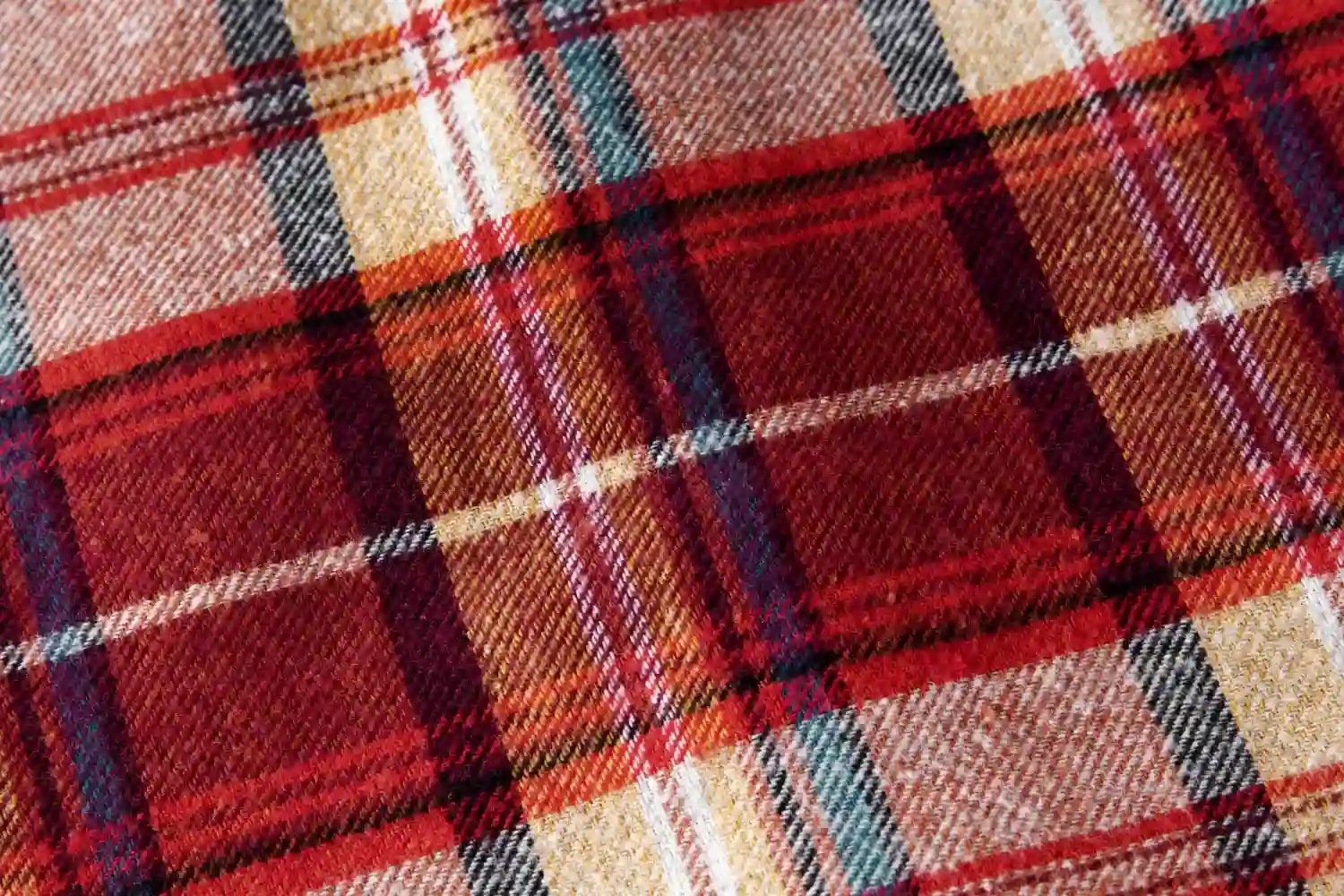
Flannel emerges as a top contender for those seeking comfort in colder conditions due to its superior warmth and softness. Flannel sheets are renowned for their coziness and are a staple for anyone desiring toasty slumber.
- Warmth: Flannel sheets provide exceptional insulation. This makes them ideal warm bed sheets for winter nights.
- Softness: The brushing process ensures that these sheets are soft to the touch.
- Durability: High-quality flannel can withstand numerous washes without losing its comforting texture.
- Variety: These sheets are also available in a range of weights and designs to suit different preferences.
- Cost-Effectiveness: Flannel offers the perfect balance of quality and affordability. It is often the best sheet option for budget-conscious consumers.
Understanding these attributes can guide consumers in making informed decisions about their bedding needs.
7. Bamboo
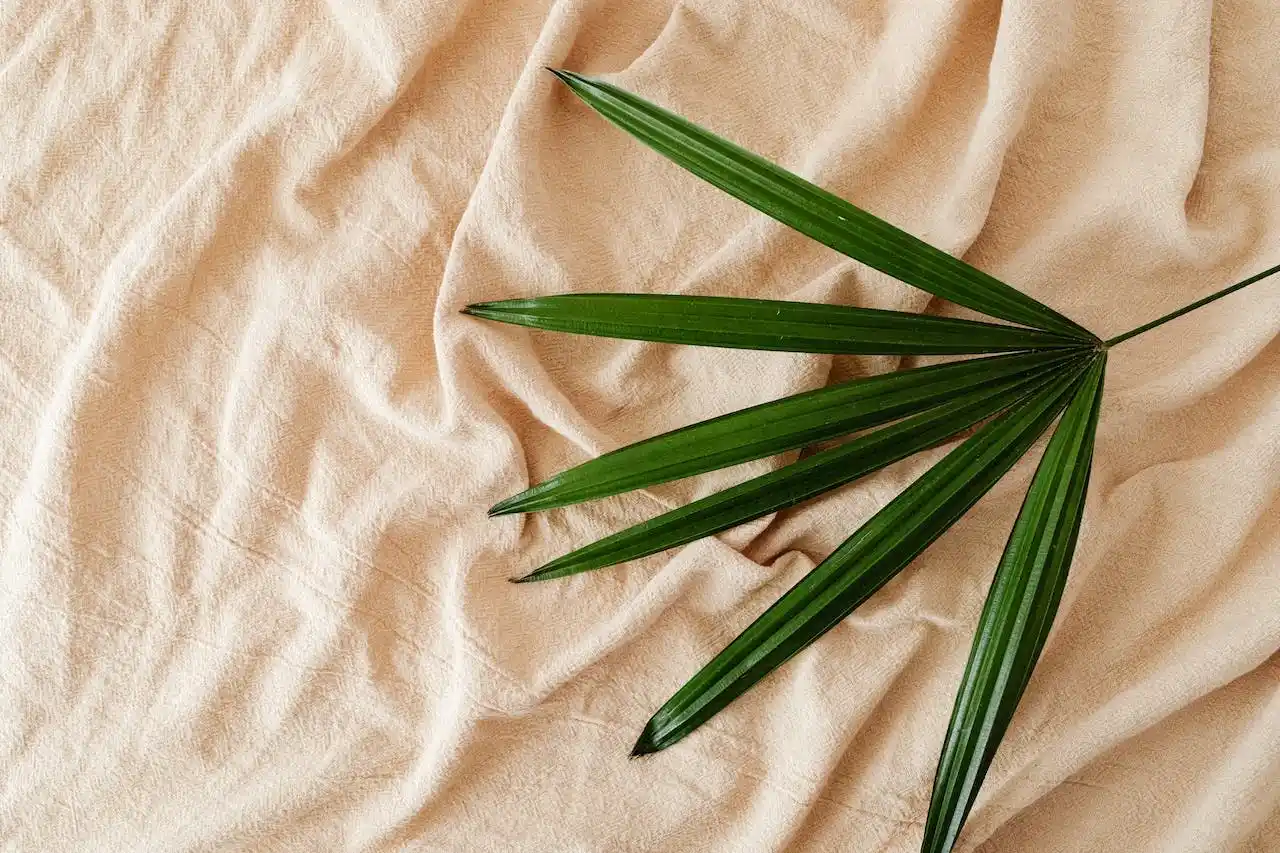
Delving into the realm of eco-friendly textiles, bamboo emerges as an exemplary fabric for bed sheets. It offers a unique combination of comfort, breathability, and moisture-wicking capabilities. It caters to the needs of hot sleepers and those with allergies.
Bamboo sheets, crafted from a natural material, are gaining popularity for their ability to provide a cooling effect. This makes them ideal cooling sheets in warmer climates. The production of this sheet material aligns with market trends that prioritize sustainability and health consciousness.
With their superior absorption—capable of wicking away three times their weight in water—bamboo sheets stand out among the various types of bed sheets. Despite a higher price point, the durability and slight stretch of bamboo fabric ensure long-lasting quality and a restful night’s sleep.
8. Silk
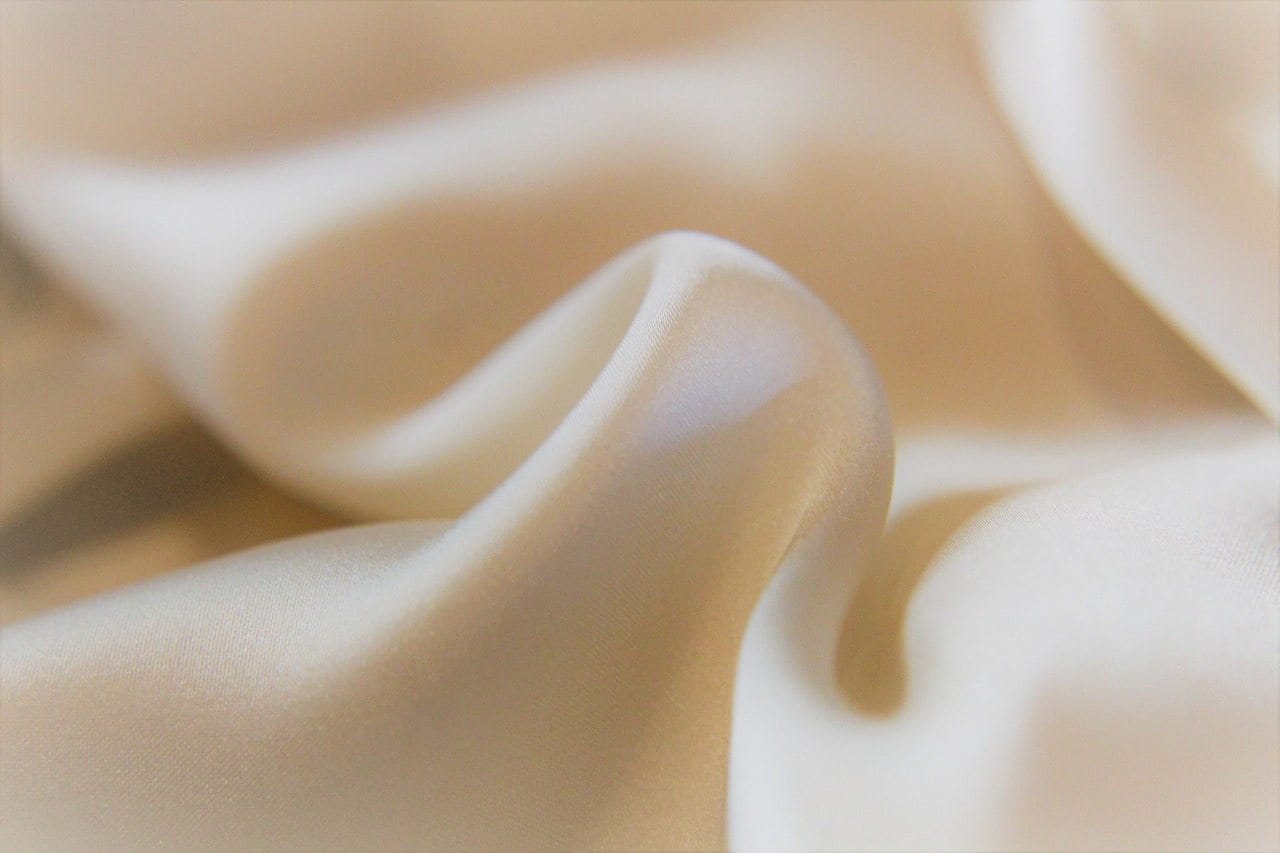
Silk sheets present an unparalleled level of luxury and sophistication. It is combined with hypoallergenic and temperature-regulating properties that are ideal for a sumptuous sleeping experience. Silk, with its natural protein composition, caters to those with sensitive skin. It also provides a lustrous surface that minimizes friction, which is beneficial for both skin and hair.
- Luxurious and smooth: Silk sheets deliver a sleek and opulent touch.
- Best cooling: Silk’s breathable nature maintains a comfortable body temperature.
- Hypoallergenic: Ideal for sensitive skin, reducing irritation.
- Moisture-wicking: Keeps sleepers dry for enhanced comfort.
- Durable quality: High-momme silk sheets will feel more substantial and last longer.
Investing in silk sheets means enjoying the best cooling, soft sheets that are not just exquisite to the touch but also promote a healthier sleep environment.
9. Microfiber
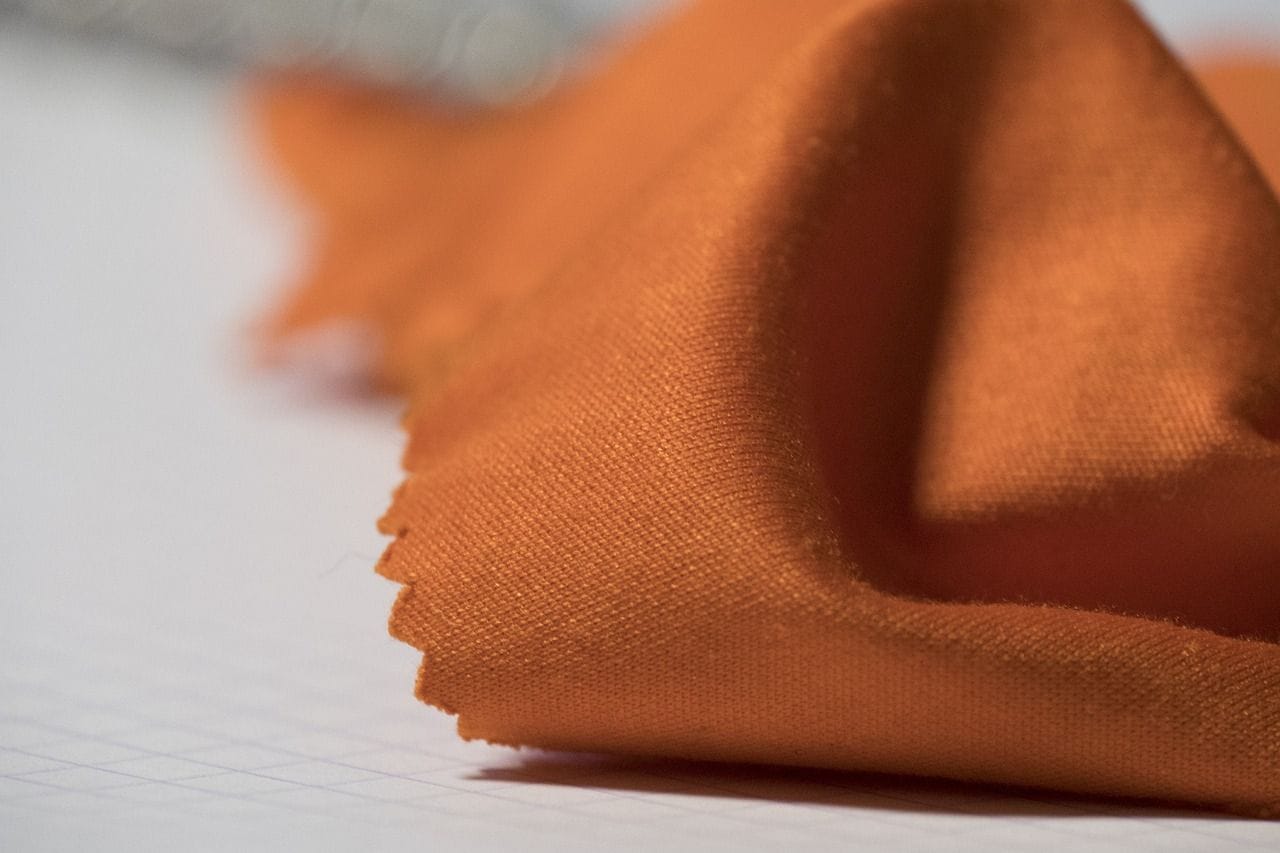
Turning to microfiber, this fabric emerges as a practical and cheap choice. It’s known for its fine threads that create a soft, velvety texture. Microfiber sheets are a synthetic material made from tightly woven fibers, which contribute to their durability and smooth feel. The quality of microfiber sheets can vary. But they remain a popular sheet fabric due to their affordability and low maintenance. Microfiber sheets are also naturally wrinkle-resistant, further underscoring their practicality.
| Feature | Benefit |
| Fine Threads | Soft, velvety texture |
| Synthetic Make | Durable and wrinkle-resistant |
| Price Point | Cheap choice for consumers |
| Care | Easy to maintain, like polyester |
| Versatility | Suitable for various bedding needs |
Microfiber’s place in the market trends towards those seeking comfort and value in their bedding choices.
10. Tencel
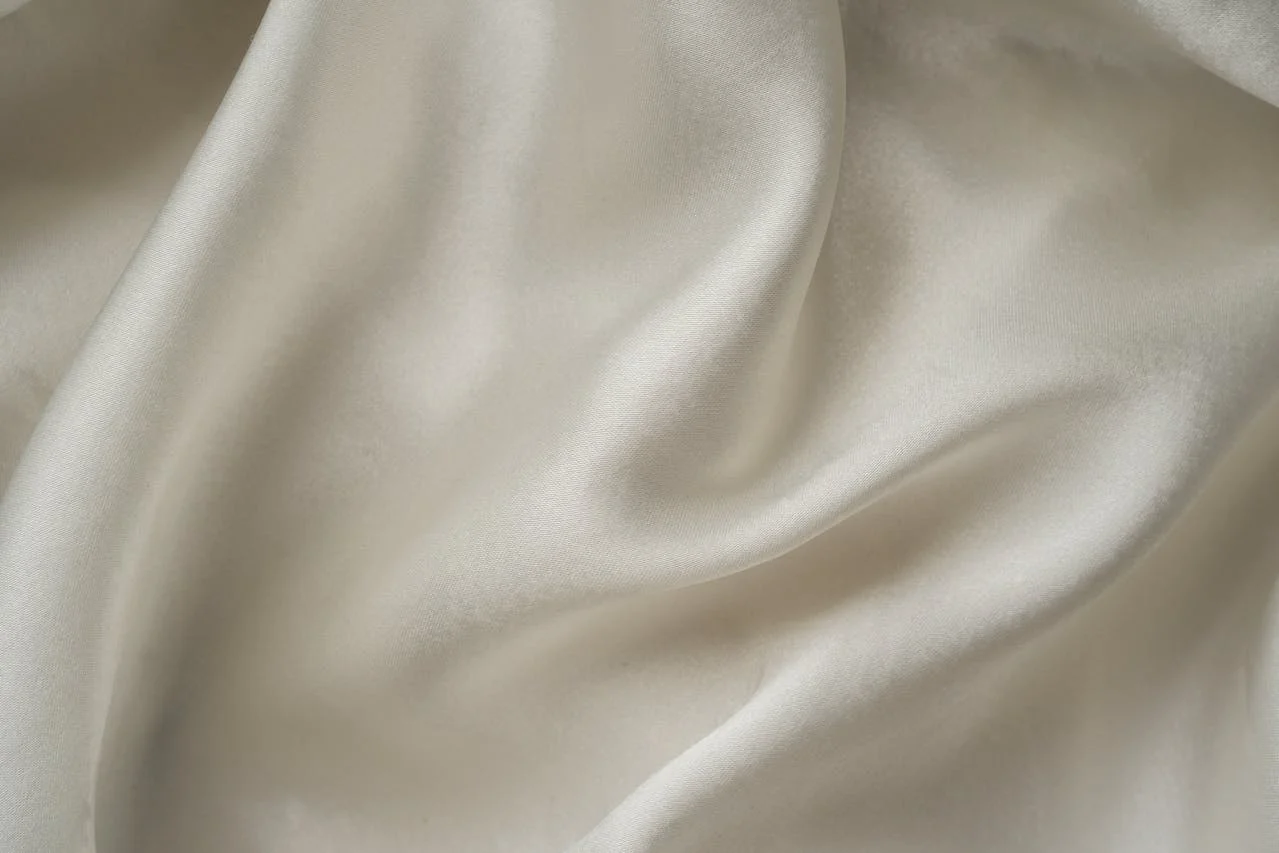
Building on the discussion of microfiber as a practical choice for bed sheets, Tencel emerges as a premium alternative. It offers a unique blend of comfort and sophisticated moisture management derived from its eucalyptus origins. With the increasing demand for sustainable and high-quality bedding, Tencel sheets have gained popularity for their exceptional properties.
- Softness and Smoothness: Tencel sheets offer a luxuriously soft and silky feel. It enhances the sleep experience.
- Moisture Wicking: The material used in Tencel bedding provides excellent moisture management. It keeps sleepers dry and comfortable.
- Durability: As a type of sheet, Tencel is famous for its strength and long-lasting quality.
- Eco-Friendly: Sourced from eucalyptus, Tencel represents a greener choice in sheets available on the market.
- Breathability: Tencel’s breathable nature contributes to a cool and refreshing sleep environment.
11. Sateen
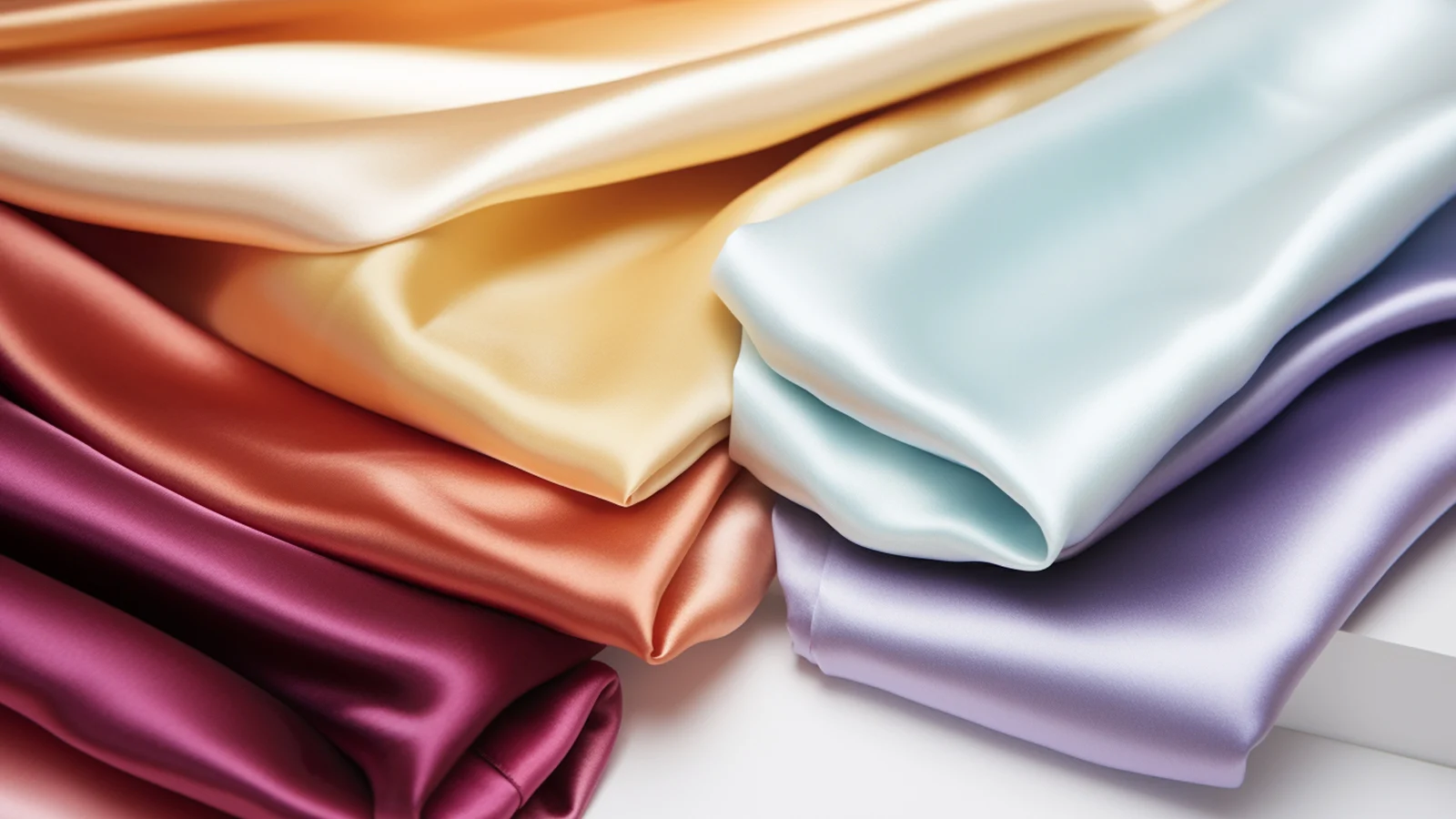
Sateen, known for its one-under, three-over, or four-over weave, provides a luxurious blend of warmth and shine. This makes it a preferred choice for high-quality bed sheets.
Sateen sheets exude a luxurious aesthetic akin to silk sheets but are more durable and accessible.
The best materials for sateen typically involve high-threaded sheets, which enhance the fabric’s silky texture and luster.
While a premium cotton sheet serves as the foundation, the sateen weave elevates its comfort and elegance, making it highly sought-after in the market.
Moreover, the material’s breathability and cooling properties cater to a variety of consumer preferences. This ensures that sateen remains a top contender among the best materials for bed sheets.
What does Thread Count Mean?
Thread count refers to the number of threads woven together per square inch of fabric. It provides a quantifiable measure often used to infer the quality and feel of bed sheets. It has long been regarded as a key indicator for identifying high-quality sheets, but the reality of thread count’s value is nuanced.
- Thread Count and Quality: A higher thread count can suggest a smoother and more substantial feel. But it is not the sole determinant of the sheet’s overall quality.
- Best Thread Count for Sheets: Generally, a thread count in the range of 200–400 is considered adequate for comfort and durability, especially for popular bed sheet materials like regular cotton.
- Material Matters: The type of material used in conjunction with thread count significantly influences the texture and longevity of the sheets.
- Market Misconceptions: Some manufacturers may inflate thread count figures. This can mislead consumers about the actual quality of the bed sheets.
- Balanced Perspective: A balanced approach considers both the thread count and the quality of the fibers and the weave when choosing bed sheets.
In the bedding market, customers who seek luxury now understand that high-grade materials and craftsmanship must align with thread count numbers to achieve a superior sleep experience.
How to Choose the Right Sheets for Your Bed
Selecting the right sheets for your bed requires consideration of both aesthetic and functional elements.
Color and Pattern
The color and pattern of bed sheets play a crucial role in complementing the overall aesthetic of your bedroom and enhancing the sleep environment. When choosing the best bed sheets, consider the following:
- Color Fastness: Ensure the sheets made have high color fastness to avoid fading.
- Design Trends: Stay updated with market trends to find the best hues and motifs.
- Room Harmony: Select colors and patterns that harmonize with your bedroom decor.
- Pattern Scale: Consider the scale of the pattern in relation to the room size.
- Mood Setting: Use colors that foster a calm and restful sleep environment.
Selecting the right percale sheet or any other type involves not just the feel but also the look that suits your personal style and comfort.
Sleep Temperature
It’s important to understand the thermal properties of different sheet fabrics when choosing bedding to match your preferred sleep temperature. Each material has its own unique qualities that can affect comfort and rest.
For people who like to sleep at a cooler temperature, it is recommended to choose sheets that are lightweight and breathable. Sheets made of cotton with a percale weave or moisture-wicking bamboo-derived rayon are the best options. But polyester is also an option. But it may not be as breathable as the aforementioned materials. It is often treated to improve moisture management.
For warmth, flannel or heavier cotton varieties cater to cooler preferences.
Price
When considering the purchase of new bed sheets, price plays a significant role. The cost can vary widely depending on the fabric’s quality, brand reputation, and the manufacturing process involved.
Here are key points to consider:
- Polyester sheets are generally the most affordable. But they may not offer the same comfort as natural fibers.
- Pima cotton sheets are a mid-range option. It’s famous for a good balance of quality and cost.
- Egyptian cotton is at the higher end. It’s prized for its luxurious feel and long-lasting quality.
- Linen sheets offer durability and breathability, often at a premium price point.
- Jersey sheets are typically budget-friendly and have a soft, t-shirt-like feel. They offer comfort at a lower cost.
Understanding these factors can guide consumers to make a cost-effective choice without compromising on material quality or sleep comfort.
Conclusion
In conclusion, the selection of bed sheet fabric hinges on a balance of material properties, individual preferences, and environmental considerations.
The superior choice varies. Each material presents a unique combination of comfort, durability, and care requirements. Cotton, bamboo, Tencel, polyester, silk, and linen all offer distinct advantages.
Consumers must weigh factors such as breathability, moisture management, tactile sensation, and sustainability to determine the most suitable fabric for optimal sleep quality and overall satisfaction.
FAQs
Q: What is the best thread count for sheets?
A: The best thread count for sheets is between 200 and 400. But the quality of the material is just as important as the thread count.
Q: What is the best cooling material for bed sheets?
A: For optimal cooling, look for bed sheets made from natural materials such as cotton or linen. They are popular for their breathability and moisture-wicking properties.
Q: What are the best types of bed sheets for all seasons?
A: Cotton and linen are versatile materials that are suitable for all seasons. They offer breathability in warmer months and can be layered for warmth during cooler weather.
Q: Are there specific bed sheet materials that are best for individuals with allergies?
A: Individuals with allergies may find relief with hypoallergenic materials such as organic cotton or bamboo-derived fabrics. They are naturally resistant to dust mites and mold.
Q: How often should I wash the bed sheets, depending on the material?
A: You should typically wash the bed sheets once a week, regardless of the material. But some materials may need more frequent washing, especially if they tend to keep moisture or oils.
Learn more about fabric knowledge from Longan Craft Blog, dive into the fabric world with Longancraft!

